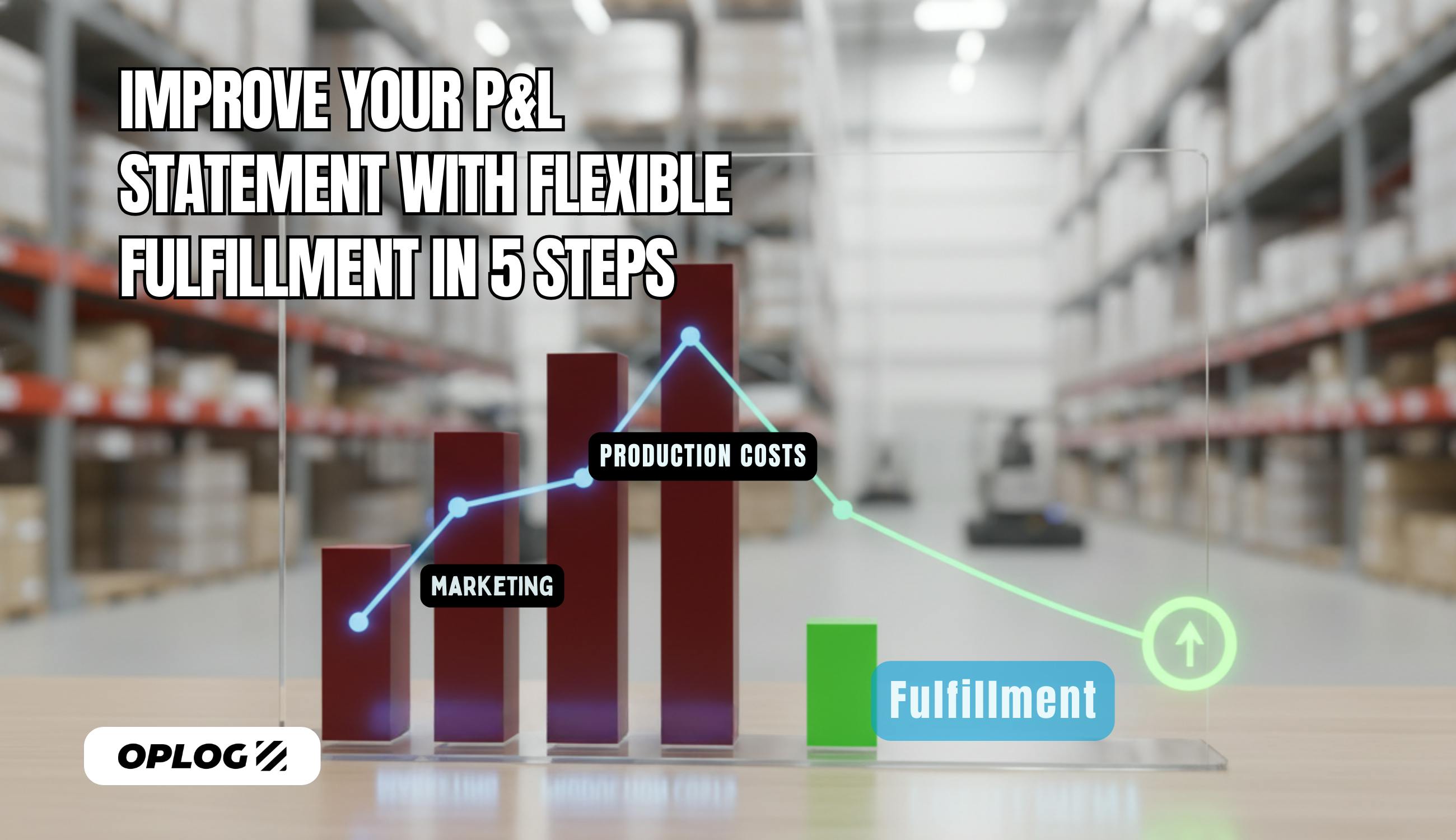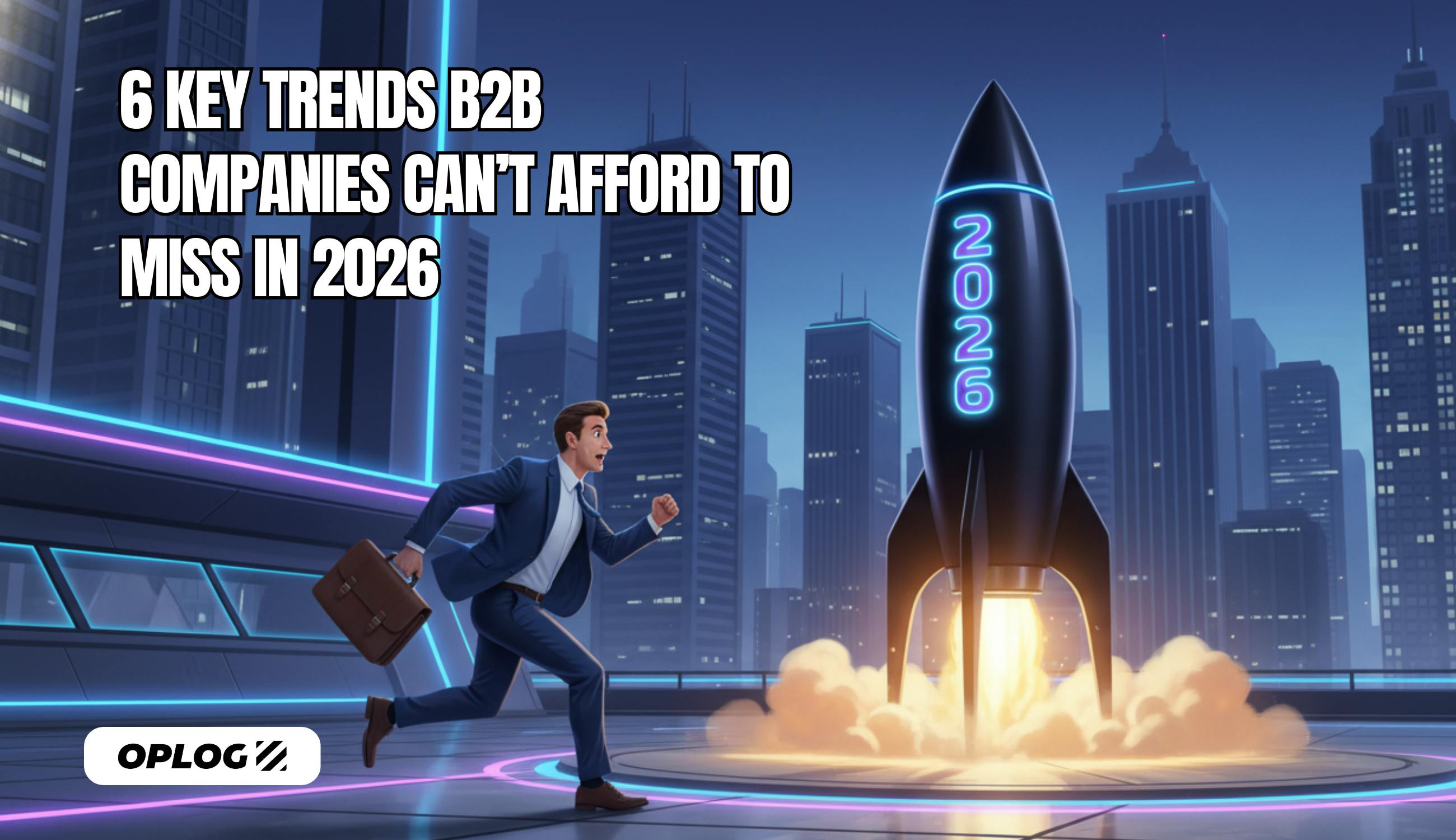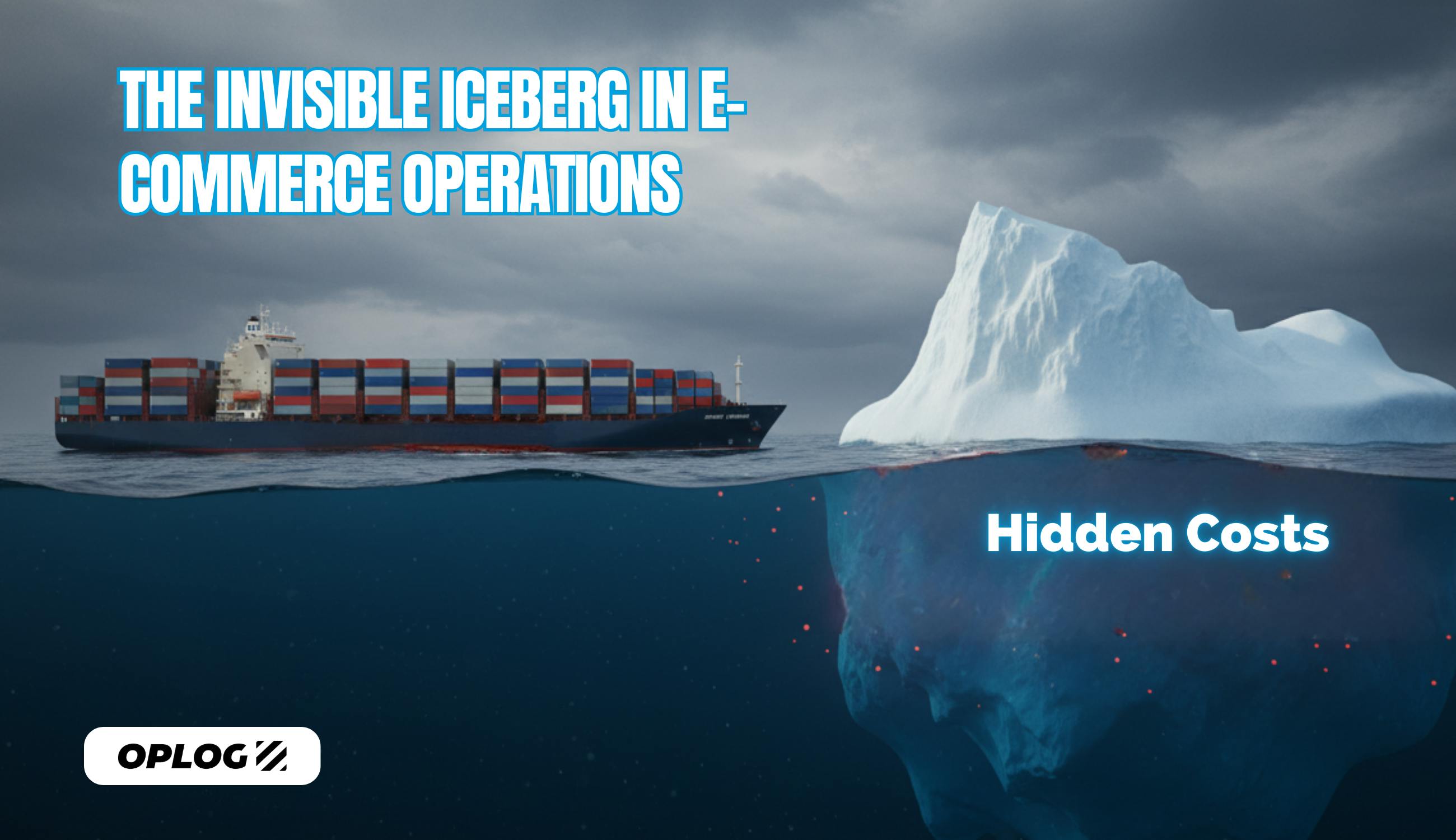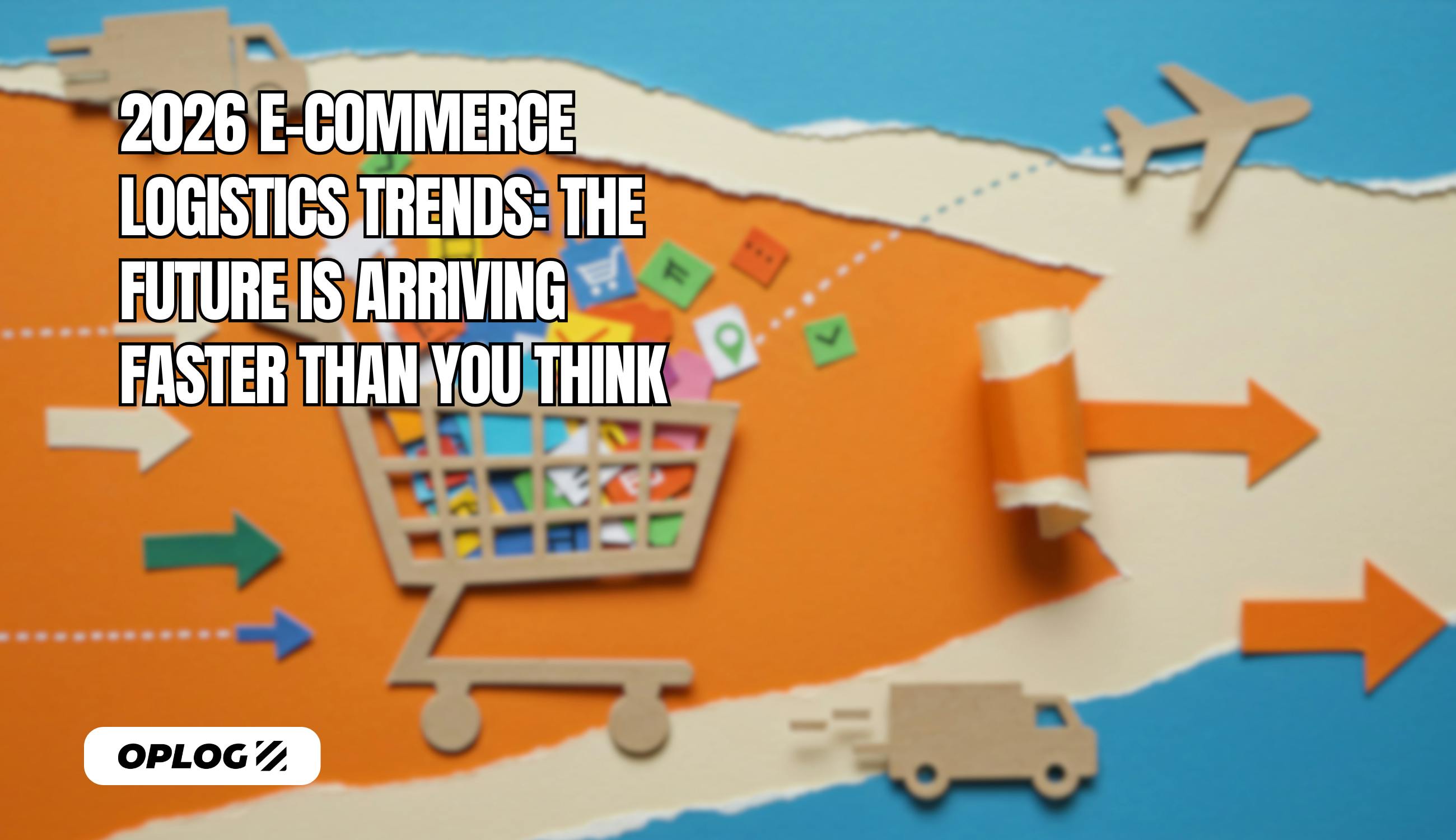Omnichannel E-commerce Logistics: The Art of Managing B2C and B2B on a Single Platform
For a moment, picture your operations center. Through one door flows the excitement of hundreds of individual (B2C) orders from your e-commerce site, each waiting to embark on a journey to a different address, a different dream. Through another door, a massive truck from your largest wholesale (B2B) partner pulls up, demanding thousands of units in a single shipment. Two operations, two different worlds, two distinct rhythms... but united by a single truth: they all draw from the same inventory pool. If these two worlds aren't speaking to each other, if your inventory is fractured like a kingdom in the midst of a civil war, that's the moment chaos begins.
For your customer, there is no B2C or B2B; there is only your brand and the promise you made them of a "timely and complete delivery." But how can that promise be kept when, on one hand, you're setting aside the "last item in stock" for a retail customer, while on the other, a wholesale order sweeps that final unit away? What happens to your brand's reputation when you're forced to tell your most loyal B2B partner that an item is out of stock, even though it’s sitting right there in the warehouse?
This scenario is the greatest test of modern commerce. Businesses can no longer be confined to a single channel; success now depends on mastering both the speed of retail and the scale of wholesale simultaneously. However, this is not a sustainable model when managed with two separate operations, two separate teams, and two separate inventory systems.
This is where the concept of 'omnichannel' evolves from a mere marketing buzzword into a strategic imperative that will define the future of your business. It is the art of managing all your channels from a single, intelligent hub. In this article, we will take a deep dive into how you can unite this complex yet vital kingdom, turn operational chaos into a strategic advantage, and find ways to keep your promise on every single channel.
The Rise of Omnichannel E-commerce Logistics
Today, a brand can sell simultaneously from its own website, marketplaces, social media channels, and physical stores. While this diversity increases customer reach, it also brings with it a new level of complexity in logistics operations.
Traditional warehousing systems fall short in meeting the distinct requirements of different channels. B2C customers expect same-day delivery, while B2B clients demand special pricing, bulk shipping, and different invoicing processes. At this juncture, the critical importance of building a flexible infrastructure that can satisfy both segments becomes clear.
Experience gained from OPLOG's operations in Turkey shows that businesses adopting an omnichannel approach grow 40% faster than their single-channel competitors. However, to make this growth sustainable, a technology-driven e-commerce logistics solution is necessary. Modern platforms automatically prioritize orders from various channels, provide inventory optimization, and enhance operational efficiency.
Inventory Synchronization: The Greatest Challenge of Omnichannel

Perhaps the most critical challenge of multi-channel selling is inventory synchronization. If you are selling the same product through both B2C and B2B channels, it is vital that the stock status is updated in real time. Committing a product sold on a marketplace to a corporate customer at the same time leads to both customer dissatisfaction and operational chaos.
Modern warehouse systems use advanced algorithms to solve this problem. For instance, OPLOG's customer-agnostic model optimizes the inventories of different clients, maximizing the use of space and resources. This approach simplifies stock management, especially during periods of intense seasonal fluctuations. The system automatically determines which products should be allocated to which channel with priority, based on historical sales data and predictive analytics.
Inventory visibility affects not only stock tracking but also strategic decision-making processes. With real-time inventory data, you can analyze which channel is more profitable and which products have a faster turnover on which channel. These insights allow you to optimize all your business processes, from purchasing decisions to pricing strategies.
Channel-Based SLA Management and Customer Expectations
Each sales channel has its own unique service level expectations. While B2C customers expect fast delivery, easy returns, and personalized packaging, B2B customers prioritize reliable delivery times, bulk order discounts, and customized invoicing processes. Meeting these different expectations through a single logistics infrastructure requires strategic planning.
OPLOG's experience shows that channel-based SLA (Service Level Agreement) management increases customer satisfaction by 35%. For example, you can offer same-day delivery to premium members on your e-commerce site while applying a standard 2-3 day delivery time for marketplace customers. For your B2B clients, you can provide bulk shipping options within specific delivery windows. This flexibility both increases operational efficiency and meets the expectations of different customer segments.
Channel-based prioritization is also critical during peak periods. During intense times like Black Friday, automatic rules that determine which orders will be processed first prevent operational chaos. The system optimizes resource use by dynamically prioritizing based on customer value, order size, and delivery urgency.
Unified Visibility with OPLOG ONE: Full Control on a Single Platform

Real-time visibility is the backbone of omnichannel e-commerce logistics management. The OPLOG ONE platform allows you to monitor the order flow, inventory status, and delivery performance across all your channels from a single dashboard. This integrated approach eliminates operational blind spots and enables proactive decision-making.
The platform not only shows the current status but also supports your future planning by offering predictive analytics. Which products are running low on stock? In which channel are delivery delays occurring? Which storage areas are being used inefficiently? The answers to these questions are at your fingertips in real time. Furthermore, the system provides automatic alerts and action recommendations, helping you prevent potential problems before they arise.
One of the biggest advantages of unified visibility is the ability to seize cross-channel opportunities. For example, you can clear out a slow-moving product in the B2C channel by promoting it in the B2B channel. Or you can prevent a sales loss by transferring a popular product that is out of stock in one channel from another. This type of dynamic inventory management can increase your total sales performance by 20-25%.
Omnichannel Efficiency with TARQAN Robotic Technology

The TARQAN robotic system, developed by OPLOG, offers a revolutionary solution for managing the complexity of omnichannel operations. Robotic automation provides critical advantages, especially in meeting the different packaging and handling requirements of various channels. TARQAN robots can perform special gift wrapping for B2C orders while simultaneously preparing pallets for B2B orders.
This technology minimizes human error, achieving a 99.9% accuracy rate. Additionally, its ability to operate 24/7 allows it to process bulk B2B orders that come in overnight while focusing on express B2C deliveries during the day. TARQAN's machine learning capabilities enable it to learn the specific requirements of each channel over time, continuously increasing operational efficiency.
Another advantage of the robotic system is its scalability. During seasonal peaks or flash sale campaigns, the system can automatically increase its capacity to handle the rising order volume. This flexibility provides an agility that is not possible in traditional warehouse systems.
Success Factors in Omnichannel Strategy
For a successful omnichannel logistics strategy, technology alone is not enough. Your business's organizational structure, processes, and culture must also adapt to this transformation. First, you must break down the silo mentality between the teams managing different channels and encourage collaboration. Having sales, marketing, and operations teams work on common KPIs is critical for omnichannel success.
Data integration is also vital. Your CRM, ERP, WMS, and OMS systems must communicate with each other to ensure a real-time flow of information. Modern platforms like OPLOG ONE facilitate these integrations, minimizing technical complexity. API-based architectures allow for seamless integration with your existing systems.
Finally, you must create a culture of continuous improvement. Omnichannel e-commerce logistics is not a static structure but a dynamic system that is constantly evolving. You should continuously update your strategy by tracking customer feedback, analyzing performance metrics, and monitoring industry trends. OPLOG's client experiences show that businesses adopting this approach can reduce their operational costs by 25-30% in the first year.
Conclusion
Omnichannel e-commerce logistics is not a luxury but a necessity in today's competitive market. Managing B2C and B2B channels on a single platform may seem complex at first, but with the right technology and strategic approach, it offers tremendous opportunities. Innovative solutions like the customer-agnostic model and TARQAN robotic technology offered by OPLOG facilitate this transformation.
Remember, omnichannel success is not just about selling through different channels; it's about providing a consistent and superior customer experience across all channels. An integrated logistics strategy, supported by modern warehousing and shipping solutions, will be your most powerful competitive advantage in carrying your business into the future.






